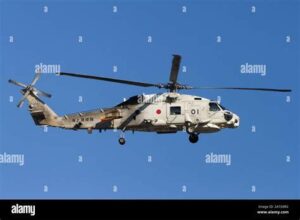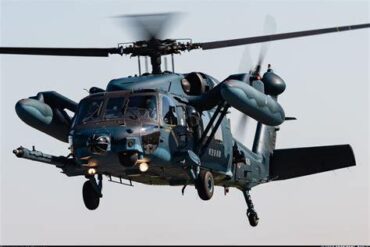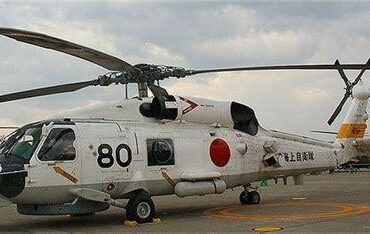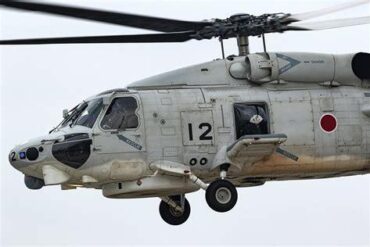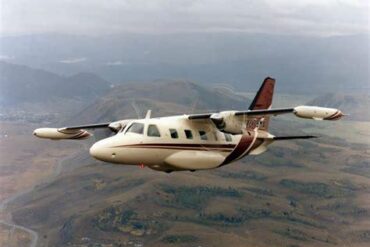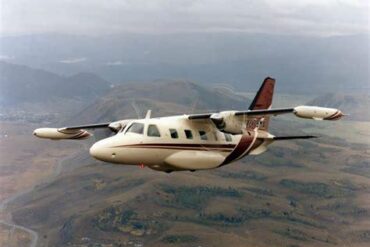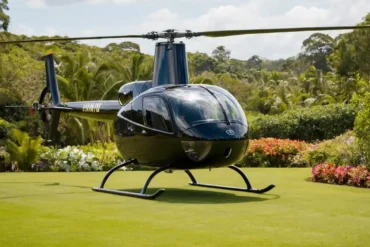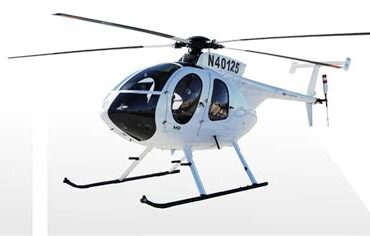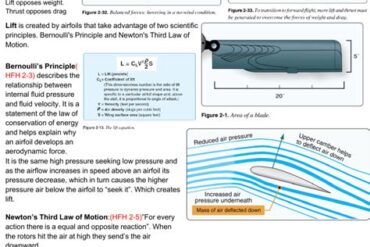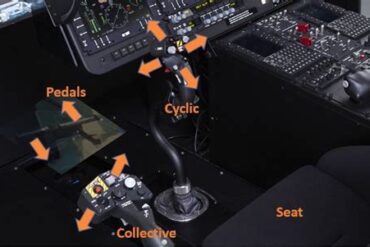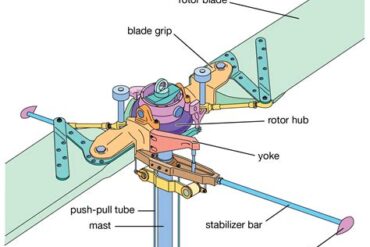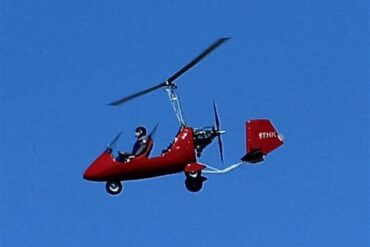The Mitsubishi SH-60J Helicopter is a remarkable piece of aviation engineering, representing the apex of maritime helicopter technology developed in Japan. Designed and manufactured by Mitsubishi Heavy Industries, the SH-60J is a variant of the American Sikorsky SH-60B Seahawk, tailored specifically to meet the operational needs of the Japan Maritime Self-Defense Force (JMSDF). This helicopter plays a crucial role in maritime operations, including anti-submarine warfare (ASW), search and rescue (SAR), and surveillance missions. In this comprehensive guide, we will delve into the various aspects of the SH-60J, covering its design, capabilities, technological features, and operational significance.
Development and History
The development of the SH-60J was initiated in the late 1980s when the JMSDF sought a replacement for its aging fleet of helicopters. Recognizing the need for a modern, versatile, and highly capable maritime helicopter, Japan turned to the United States for a solution. The Sikorsky SH-60B Seahawk was selected as the base model due to its proven reliability and performance in maritime operations. Mitsubishi Heavy Industries was tasked with producing the helicopter under license, with significant modifications to suit the specific requirements of the JMSDF.
The first SH-60J prototype took to the skies in August 1991, and after extensive testing and evaluation, it entered service in 1993. Since then, it has become the backbone of the JMSDF’s rotary-wing fleet, with over 100 units produced. The helicopter has undergone various upgrades and improvements over the years to enhance its performance, survivability, and mission effectiveness.
Design and Structural Features
Airframe and Construction
The SH-60J features a robust and durable airframe designed to withstand the harsh conditions of maritime operations. Its construction includes extensive use of corrosion-resistant materials, essential for prolonged exposure to saltwater environments. The helicopter’s fuselage is optimized for both aerodynamic efficiency and structural integrity, ensuring stability and performance during low-altitude flights over open water.
Rotors and Propulsion System
The SH-60J is equipped with a four-blade main rotor and a four-blade tail rotor, both constructed from composite materials for increased strength and reduced weight. These rotors are designed to provide exceptional lift and maneuverability, crucial for the diverse range of missions the helicopter is tasked with. The propulsion system consists of two T700-IHI-401C turboshaft engines, which provide the necessary power for high-speed flight, rapid ascent, and heavy payloads. These engines are not only powerful but also highly reliable, a critical factor in maritime operations where engine failure could have catastrophic consequences.
Landing Gear and Floats
To ensure safe landings on both land and sea, the SH-60J is fitted with retractable landing gear that includes robust wheels for land-based operations and inflatable pontoons for water landings. The pontoons, or floats, are automatically deployed in the event of an emergency water landing, preventing the helicopter from sinking and allowing for safe evacuation of the crew.
Avionics and Technological Advancements
Advanced Radar and Sonar Systems
One of the standout features of the SH-60J is its sophisticated suite of avionics and sensor systems, which make it a formidable tool in anti-submarine warfare. The helicopter is equipped with an advanced APS-124 multi-mode radar, capable of detecting surface and airborne targets at long ranges. This radar system is complemented by the AN/AQS-18A dipping sonar, which can detect and track submarines lurking beneath the ocean’s surface.
Integrated Tactical Data System (ITDS)
The SH-60J is also equipped with an Integrated Tactical Data System (ITDS), which allows it to process and share information with other units in real-time. This system integrates data from various sensors, including radar, sonar, and electronic warfare systems, to provide the crew with a comprehensive picture of the tactical environment. The ITDS is a critical component in coordinated anti-submarine and anti-surface warfare operations, enabling the JMSDF to respond swiftly and effectively to potential threats.
Electronic Warfare and Self-Protection
In addition to its offensive capabilities, the SH-60J is equipped with a range of electronic warfare (EW) systems designed to protect it from enemy threats. These include radar warning receivers (RWR), missile approach warning systems (MAWS), and countermeasure dispensers. The helicopter’s self-protection suite is designed to detect incoming threats and automatically deploy countermeasures such as chaff and flares to evade enemy missiles and radar-guided weapons.
Operational Roles and Capabilities
Anti-Submarine Warfare (ASW)
The SH-60J excels in the role of anti-submarine warfare, thanks to its advanced sensor suite and weapons systems. The helicopter can deploy a range of sonobuoys to detect and track submarines, while its dipping sonar provides precise localization of underwater targets. Once a submarine is detected, the SH-60J can engage it with a variety of weapons, including torpedoes and depth charges. The helicopter’s ability to operate from both surface ships and shore bases makes it a versatile and potent asset in the JMSDF’s ASW arsenal.
Search and Rescue (SAR)
In addition to its combat roles, the SH-60J is also extensively used in search and rescue operations. Its powerful engines and advanced navigation systems allow it to reach distressed vessels or individuals quickly, even in adverse weather conditions. The helicopter is equipped with a rescue hoist and a medical evacuation kit, enabling it to perform life-saving missions in remote and challenging environments. The SH-60J‘s ability to operate day and night, combined with its long-range capabilities, makes it an indispensable asset in Japan’s search and rescue operations.
Maritime Surveillance and Reconnaissance
The SH-60J plays a crucial role in maritime surveillance and reconnaissance missions. Its advanced radar and sensor systems allow it to monitor vast areas of the ocean, detecting and tracking surface vessels, aircraft, and other potential threats. The helicopter’s ability to transmit real-time data to command centers and other units enhances situational awareness and enables coordinated responses to emerging threats. The SH-60J‘s endurance and range make it particularly well-suited for long-duration patrols and intelligence-gathering missions.
Weapon Systems and Armament
Torpedoes and Depth Charges
The primary armament of the SH-60J in its ASW role includes torpedoes and depth charges. The helicopter can carry and deploy the Type 97 and Mk 46 torpedoes, both of which are highly effective against modern submarines. These torpedoes are guided by wire or acoustic homing, ensuring accurate targeting of enemy submarines. In addition to torpedoes, the SH-60J can also deploy depth charges, which are designed to detonate at specific depths, inflicting damage on submarines operating below the surface.
Missiles and Machine Guns
For surface warfare and self-defense, the SH-60J can be armed with anti-ship missiles and machine guns. The helicopter is capable of carrying the AGM-119 Penguin anti-ship missile, which is designed to engage and destroy small to medium-sized surface vessels. In addition, the SH-60J can be fitted with door-mounted machine guns, providing close-range firepower for defensive operations and support roles.
Upgrades and Modernization
Over the years, the SH-60J has undergone several upgrades to enhance its performance and extend its service life. These upgrades have focused on improving the helicopter’s avionics, weapons systems, and overall mission capabilities. The most significant of these upgrades is the transition to the SH-60K variant, which features a more powerful engine, advanced avionics, and improved sensor systems. Despite the introduction of the SH-60K, the SH-60J remains in active service, with continuous upgrades ensuring its relevance in modern maritime warfare.
Operational Significance and Future Outlook
The Mitsubishi SH-60J Helicopter is a cornerstone of Japan’s maritime defense strategy. Its versatility, advanced technology, and proven reliability have made it an indispensable asset for the JMSDF. As Japan faces evolving security challenges in the Indo-Pacific region, the SH-60J will continue to play a critical role in safeguarding the nation’s maritime interests.
Looking to the future, the ongoing modernization of Japan’s rotary-wing fleet, including the continued upgrades to the SH-60J, ensures that this helicopter will remain a vital component of Japan’s defense capabilities. With its impressive array of features and capabilities, the SH-60J stands as a testament to Japan’s commitment to maintaining a robust and technologically advanced maritime defense force.
